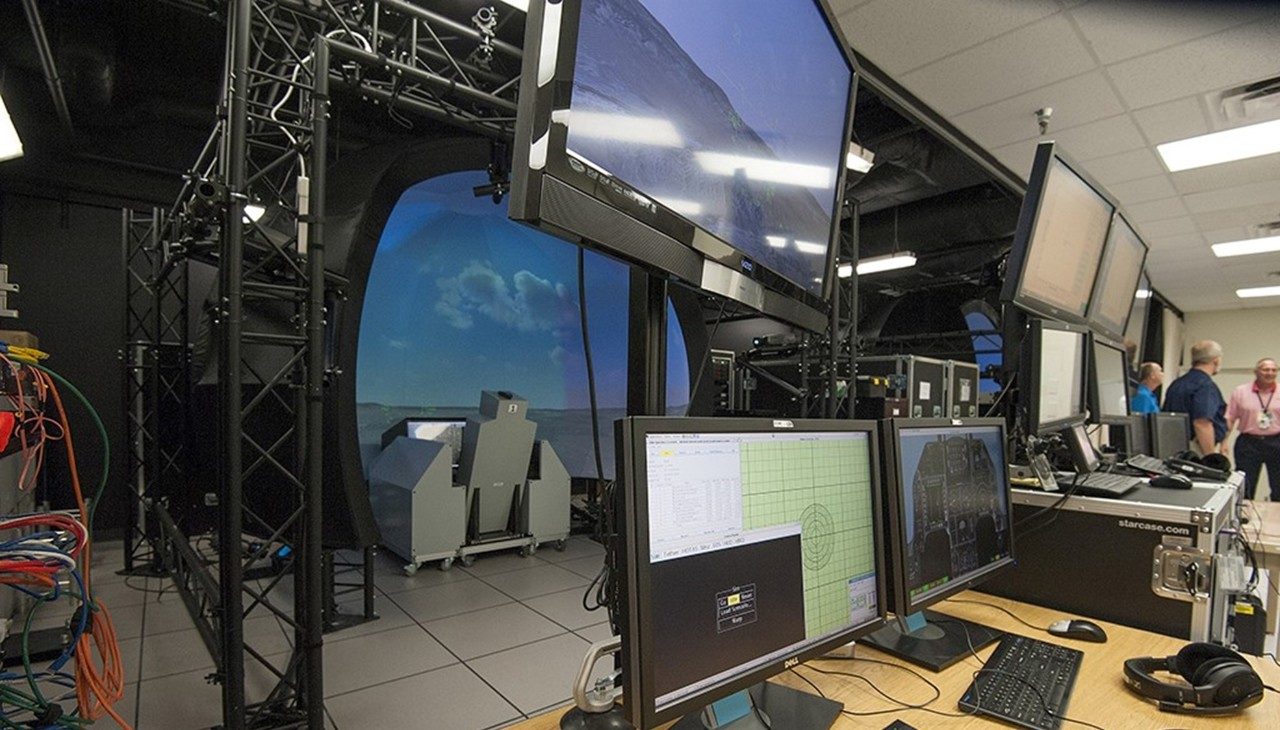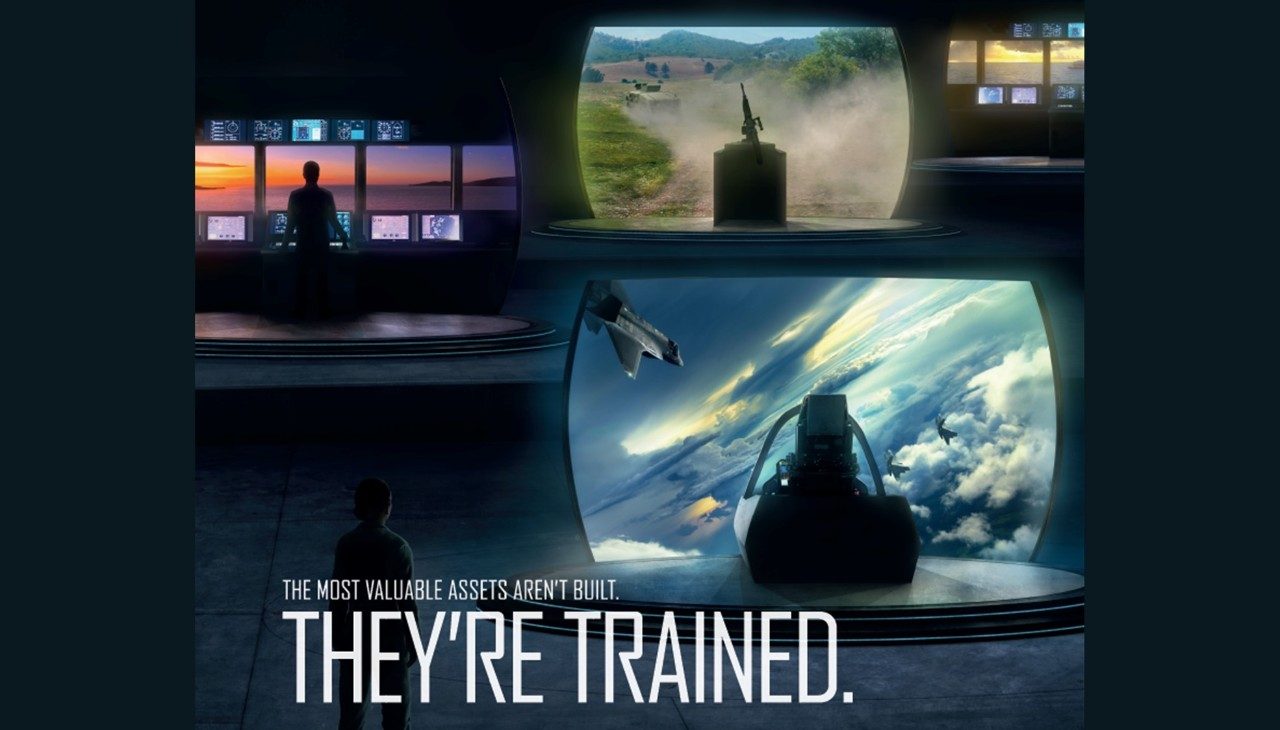It takes 10,000 hours of practice to master a craft. And when you’re operating a vessel that’s longer than a football field, you’ve got to be an expert.
What if we told you Lockheed Martin has a way to help sailors become experts in the art of operating the Littoral Combat Ship (LCS) … without ever stepping foot onboard?
Our LCS Integrated Tactical Trainer immerses sailors in a completely virtual environment complemented by real hardware that makes it feel as if they’re actually on the ship. Whether on the bridge, in the Mission Control Center, or at the Readiness Control Officer position, the fully integrated ship team can execute a variety of high-fidelity scenarios “at sea.”


Today’s technology enables us to create virtual environments so real that we feel like we’re actually there, and this is the core principle behind game-based training. With virtual and augmented reality scenarios, you can train for anything, anytime, anywhere – and at significantly less cost.
When asked about how the Navy will leverage the powerful concept of game-based training, Adm. John Richardson – the U.S.’ Chief of Naval Operations – supported its use in a testimony before the House Armed Services Committee:
“Particularly now with the technology, the degree of realism – the fidelity of those simulators – is very, very high…It can’t take you all the way, but it can take you a lot further than it used to.”
With the LCS Integrated Tactical Trainer, we can replicate almost any at-sea scenario – hostile environment? Inclement weather? Unexpected malfunction? Check, check, check. The result? A group of sailors who are ready to meet any challenge at sea – without ever having to take away fleet availability to hone their craft.
Part of the appeal of training in virtual environments through simulation is how well the concept resonates with today’s newest generation of sailors and service men and women.
During the same hearing, Congressman Duncan Hunter (R-CA, 50th District) spoke about how virtual reality training takes a concept that’s familiar to a younger generation and applies it in a practical way.
“You don’t have to go out for a year at sea – you can spend three weeks on the bridge of a ship like the one you’re going to take over or be on the deck of,” he stated.


The Navy has been training LCS sailors on the Lockheed Martin Integrated Tactical Trainer in San Diego since 2007. Since then, we continue to add even more capabilities and next-generation technology to the new LCS Integrated Tactical Trainer unit at the main LCS Training Facility (LTF) at Naval Station Mayport.
This upgraded LCS Integrated Tactical Trainer is built to deliver a Navy-specific simulation experience of the highest caliber. The first trainer was delivered to Naval Station Mayport in 2018 and in November 2019, a contract was awarded to Lockheed Martin for a second. The new Integrated Tactical Trainer will align with the latest technology on the LCS and continues to deliver ready-relevant learning while reducing the cost and time it takes to train our sea-faring warfighters.
At Lockheed Martin, we firmly believe the best assets aren’t built – they’re trained. For the Navy, this means we’re dedicated to giving sailors a way to hone their skills while ashore, so that when they’re at sea, they can contribute to the mission from day one.




